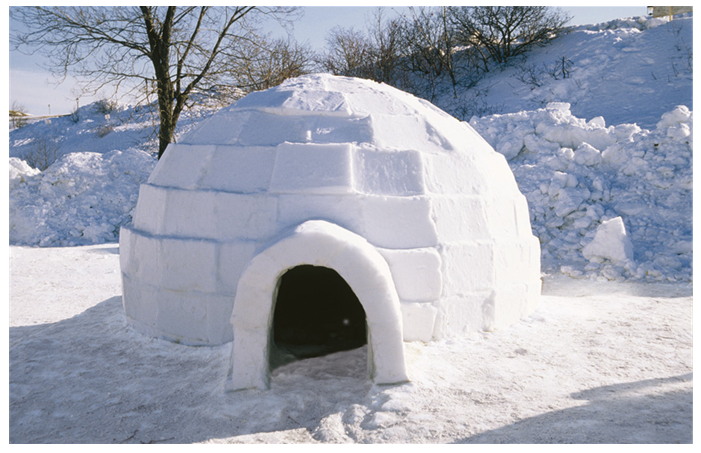As I continue on this journey of incorporating FNMI content into my grade 3 math classroom, I find I do a lot of searching and locating information regarding various FN groups in Canada. Along with my research, I try to find connections between what I am learning and the outcomes my students need to achieve in math.
As we finish up our 3-D object unit, I wanted to find a FNMI lesson that would be beneficial to my students. To my excitement, I found out about Bentwood Boxes which connected nicely.
Bentwood boxes were cedar boxes made by West Coast FN (ie. such as, but not limited to, Haida and Salish). They were used for various purposes such as storing food and clothing, as well as ceremonial items. These boxes were used both in the home and on trips. More information about Bentwood boxes can be found at:
To begin the lesson, I showed students various images of Bentwood boxes and asked them what 3-D object they resembled. The students quickly showed their knowledge by connecting these to cubes and rectangular prisms.
We then discussed what these boxes are, where they originate from and I showed them a map of the West Coast of Canada so they could understand the location. Geography plays a great understanding in the different FNMI groups in Canada. Next we brainstormed different uses for these boxes and students elicited wonderful ideas that matched the information I had found, along with many more.
One of the neat things about Bentwood boxes is that the sides are made from one plank of cedar wood. This was cool as we discussed how the wood was bent after it is steamed, not cut and adhered in a manner we're more accustomed to thinking about. The students also made connections to other materials used to create structures (science unit) that are able to bend.
I was able to show the students an example of the steps used to create a Bentwood box (see above links) and a quick video via youtube highlighting the steaming and bending process: Making Bentwood Boxes
As we proceeded in the lesson, I then showed the students a net of a cube and some were quickly able to tell me it was a cube.
However, I told them that I did not understand how this was a cube since it was flat (at which point I grabbed a cube and held it to the SmartBoard to show that they were very different). Using a cube solid (manipulative) students then proved to me how the net and the cube were the same. Some of their responses / proofs were:
1) the flat squares on the net were the faces of the cube
2) the lines were the edges - and even the ones not touching a face (since an edge is where two faces meet), when we fold the net the edges will meet faces
3) the net needs to be folded to also create vertices
At this point I was completely thrilled at the connections and proofs my students were making. They were readily using math language and using definitions of terms to show their meaning. So, when I told them they were making their own version of a Bentwood box (ie. cube) the class response was "Yay!".
Just prior to beginning we noted the carvings on the boxes and discussed how these were special and important to each FN group. The carvings were representative of their group, culture and things that were important to them. Therefore, the students needed to draw images (one per face) on their cube net / bentwood box that were important to them.
Needless to say, students learned about Bentwood boxes, made great mathematical connections, communicated ideas, made proofs and incorporated elements of science and arts ed in this lesson. They did a great job of making some very personal boxes to share with their families.
You can use any printable cube net to make a Bentwood box. Some great websites I found were:






